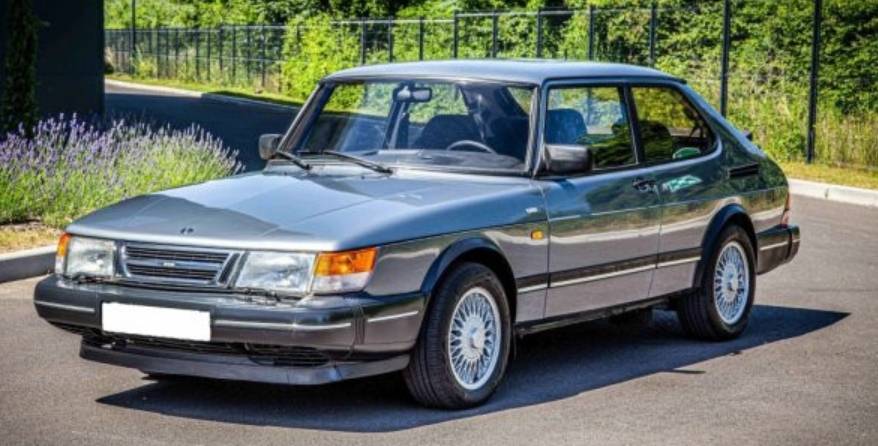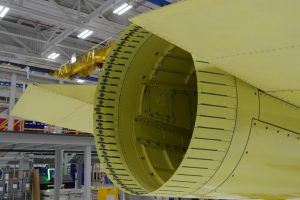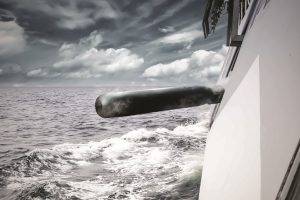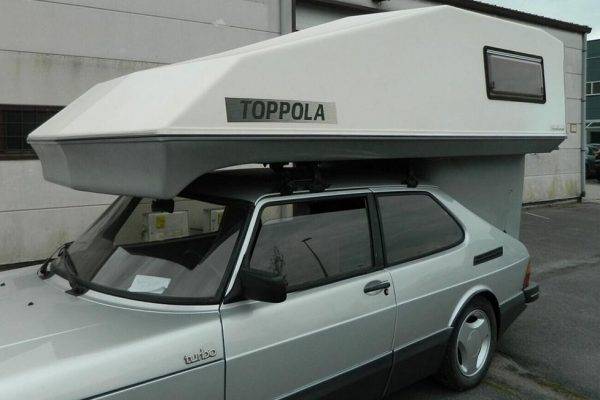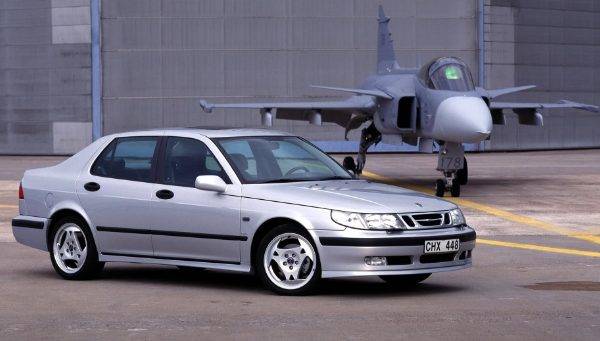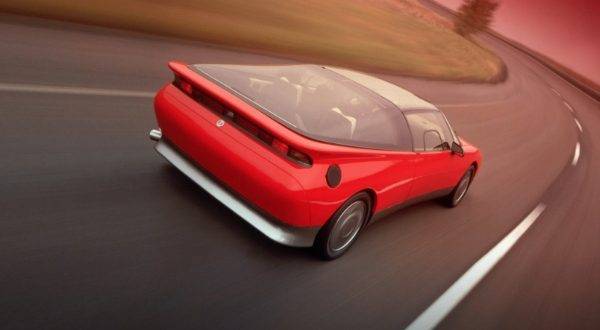How was the Swedish company’s car born, which went bankrupt 11 years ago?
There are car brands that no longer exist, but have left a lasting mark on the history of the industry in a different way. The Swedish Saab is one of those that is remembered well and has always been synonymous with high quality and reliable cars. And perhaps for this reason, cars of the bankrupt company in 2011 are still “in the game”.
Recently, a Saab 900 S was even imported into Bulgaria, which was otherwise discontinued in 1998. And there are not a few offers for Saab in the ads for the sale of second-hand cars in our country. This fall marks the 77th anniversary of Saab’s inception. What is the story of the Scandinavians’ first car?
The Saab company has never been among the big car manufacturers. At the very beginning of its existence, it specialized in aircraft construction. The Royal Swedish Air Force constantly requires new machines to protect the neutrality of the monarchy. The plant Svenska Aeroplan Aktiebolaget (Saab, “Swedish joint-stock company”) was founded in 1937 and initially engaged in the production of wing machines under foreign licenses, but from the beginning of the 1940s it switched to its own developments. Mainly for the army. During the Second World War, Sweden was formally neutral and offered refuge to persecuted Jews, while German columns passed unhindered through its territory in the direction of Norway. And only later did the country join the camp of the Allies.
In 1944, real peace reigned in the north. Saab’s management realized that it was necessary to diversify its capabilities and focus on another, not necessarily aviation, market. After careful consideration, it was decided to look at the automotive industry. The final decision to implement such an idea was made in the fall of 1945.
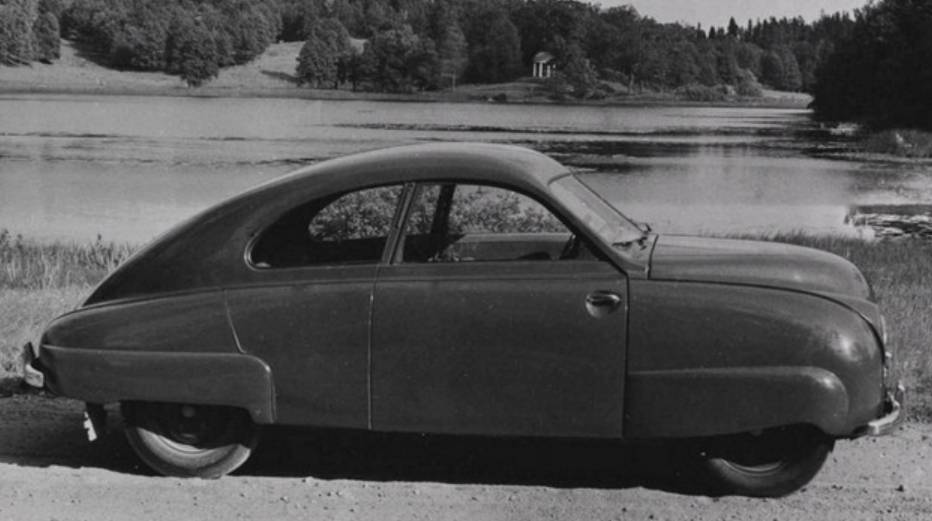
A relatively small group of designers and technicians, led by chief engineer Gunnar Jungström, began preparatory work on the first prototype of the XP92 project (internal designation X9248) in Linköping, where the automotive department was based at the time. Cooperation negotiations with AB Nyköpings Automobilfabrik, which assembled Chrysler, DeSoto, Plymouth, Fargo and later also Skoda and Standard trucks, failed because the Nyköping-based company used a frame chassis. Some time later, Saab took over and bought an assembly plant for American, French, British and Czechoslovakian cars and turned it into a dealership.
The team, which does not have much experience in the automotive industry, is simultaneously studying publicly available pre-war documents and literature, but they are not very convenient and do not provide the necessary information. In general, the group has to learn everything on its own. At the end of 1945, the first sketches and 1:25 scale models were created. A larger car with a wheelbase of 2.75 m and a length of 4.5 m was examined, but with air resistance half that of competitors. In April 1946, a life-size wooden (alder) model was born, which was covered in black shoe paint.
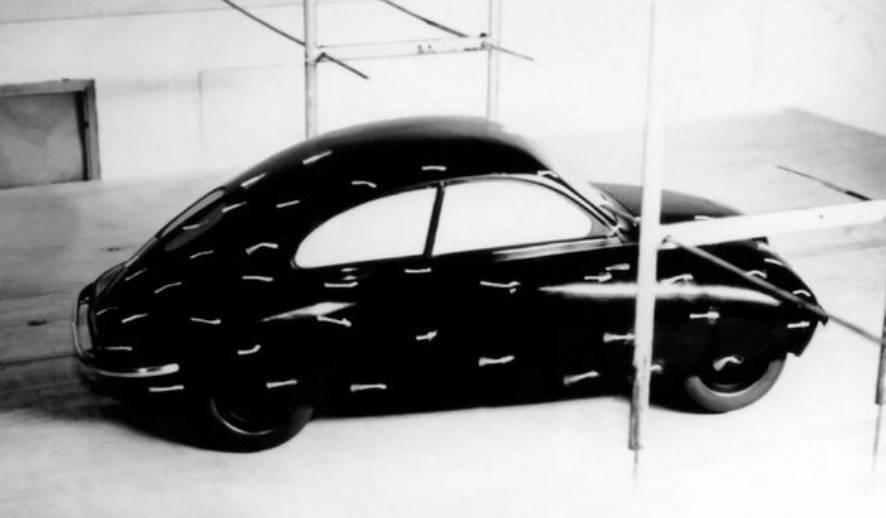
In the summer of the same year, with the help of specialists from the local company Thorells Kylarfabrik, a metal model was created – it is made of a steel shell with a thickness of 1.2 mm and a wooden frame. It turns out that the fuselage is not rigid enough, so the idea of a large rear window and trunk lid has to be abandoned. Specialists from Aktiebolaget Svenska Järnvägsverkstäderna (ASJ) take care of the painting. Originally, the pilot sample was supposed to be blue, but somehow it turned out to be black.
14 craftsmen build the car mostly by hand, with wooden molds used for the bodywork. Interestingly, of all the team members, only two have a driver’s license – Jungström and test pilot Rolf Melde. The finished car, registration number E14783, was intensively tested from the end of the summer of 1946, and in complete secrecy on narrow roads, dirty forests, in dust and snow, either at dawn or late in the evening after dusk, so as not to attract attention. In the first series of tests, the car traveled about 50,000 km.
Coded 001, the Saab 92 featured an aerodynamic two-door body designed by industrial designer Sixteen Saison, a transversely mounted engine and front-wheel drive. Structurally, the car was three decades ahead of its time when such a concept began to prevail.
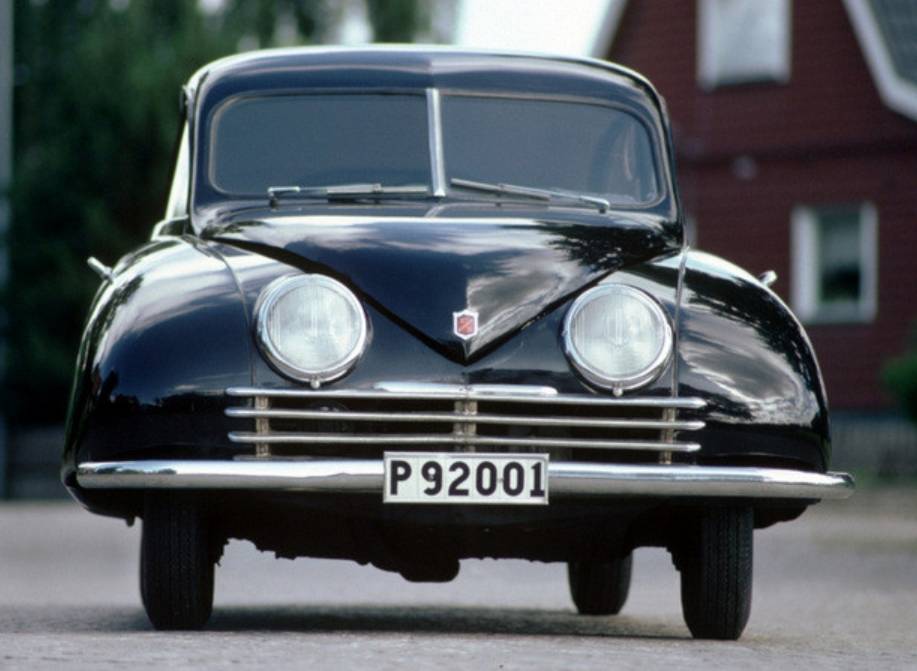
Saab also became one of the few cars to be developed using a wind tunnel. And many modern cars can boast a drag coefficient of 0.32. In addition, the car meets many safety requirements. For example – the passenger compartment must absorb most of the energy in an accident to protect people as much as possible. At the back, two windows finally appear, although they are small in size. Access to the luggage compartment is only possible from the inside.
Deputy General Manager Sven Otterbeek formulated the requirements as follows: “The car must be light, aerodynamic and fit up to 4 people.” The price must be low because both Sweden and the rest of Europe were greatly impoverished after the war.
The Saab 92001 is powered by a liquid-cooled 2-stroke DKW 652cc engine with a cast iron block and aluminum head. It provides a maximum power of 20 hp. at 3500 rpm and develops a torque of 57 Nm at 2300 rpm, which is taken care of by a three-speed mechanical transmission.
The neat teardrop-shaped Saab weighing 765 kg gets an unusual profile reminiscent of the cross-section of a wing. The chassis with fully independent torsion suspension has a wheelbase of 2470 mm and dimensions of 3980x1670x1430. It is said that the car can reach a speed of 110 km/h. “Since the shape of the car allows you to save up to 100 liters of fuel per year, its frog appearance is fully justified,” says chief engineer Gunnar Jungström. A 30 liter fuel tank is located under the hood behind the engine. The steering wheel has three spokes and gets a beige color.
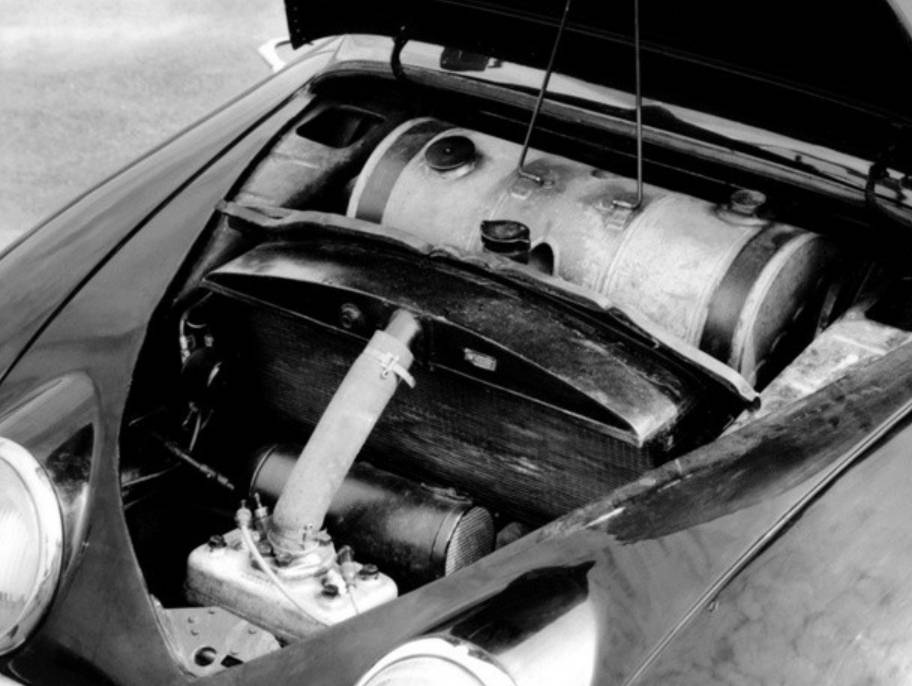
In June 1947, Saab 92001 was presented to the professional journalistic public, and soon other modifications (002, 003 and 004) followed, which already differed in appearance. Sixten Sason repainted the hood, drawing inspiration from American cars. Gradually, the appearance of the production model was born, the headlights from the VW Beetle were replaced with the original ones. The next three copies were presented in the same year 1947. In total, 280,000 km were tested.
Saab’s own slightly more powerful engine became available in early 1948 with a displacement of 764 cc. . the car has a maximum speed of 105 km/h, which is also helped by excellent aerodynamics. The shape and bearing surfaces of the Saab 92001 are reflected in newer models, including the famous 96 series. In general, the fate of Saab Automobile AB is not easy – since 1989 .the company was under the control of General Motors, then it was sold to the Dutch Spyker, but in December 2011 it went bankrupt.

